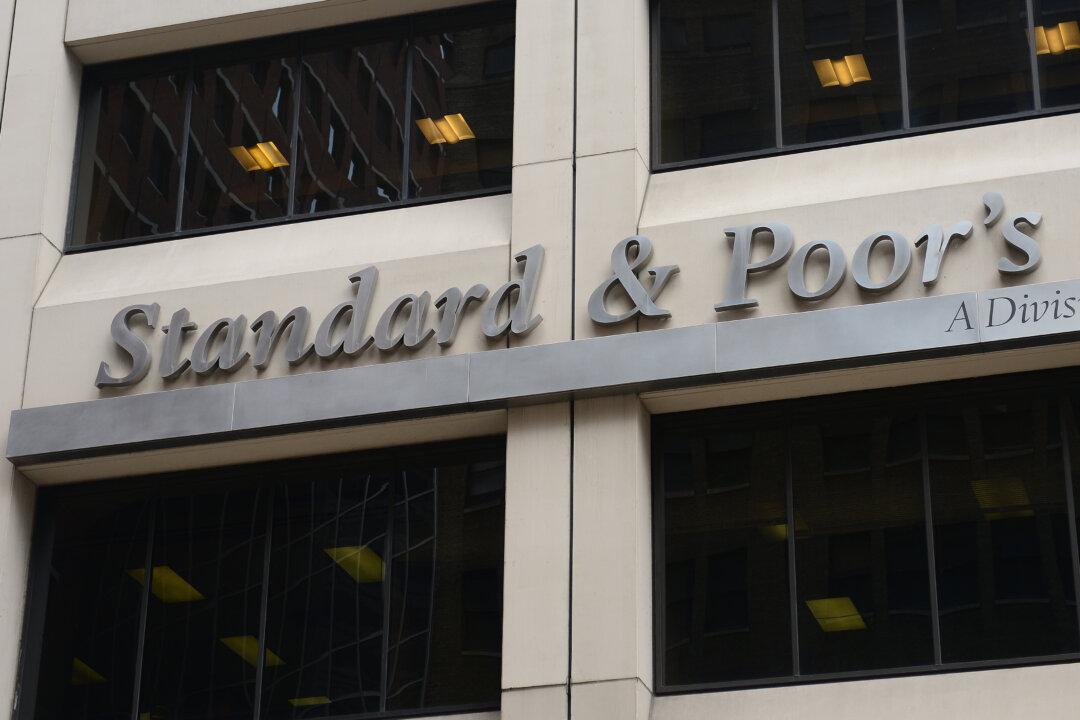Global credit rating agency Standard & Poor’s (S&P) has said that the federal budget to be passed down to the incoming Labor government is in better condition than previously forecast.
In addition, it said that Australia’s AAA rating and its stable outlook would remain unchanged despite the new government taking office.





